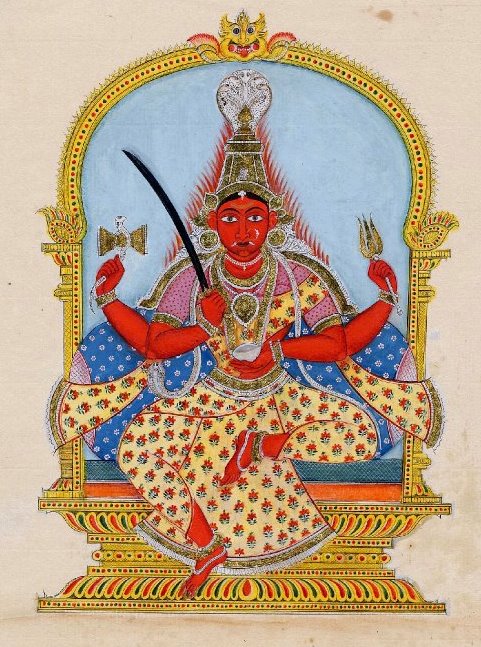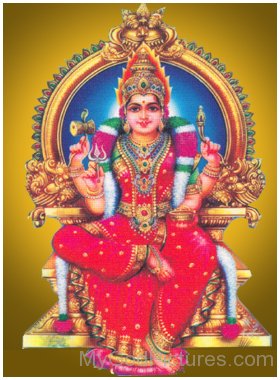Goddess Mariamman
She is called Kottai Mariamman. Mother Mariamman, 2.5 feet tall, in the form of a Shivalinga is a Swayambumurthy. There is also the stage called Avudayar under the Linga stone. Though there are no features related to Goddess, the deity is regarded as Goddess Mariamman and worshipped as such dressed in sari with pujas. Mariamman is an ancient goddess, whose worship probably originated from pre-Vedic mother goddess cult of Dravidian people before the arrival of the Aryans with their Brahmanic religion.This is well attested by the unemployment of Brahmins in officiating the worshiping rituals of the goddess and by the non-Vedic worshiping method that was embraced by her devotees.
The State of Tamil Nadu has several divine abodes of Goddess Shakthi. The almighty discography torrent. Shakthi cults prevalent in different ages are manifested in the temples. One of such divine abodes is Arulmighu Mariamman, Samayapuram in Trichy District. This Temple is known to occupy a prominent position among the temples dedicated to Goddess Shakthi. This temple is situated in beautiful land scape enriched by the Holy River Cauvery.
The Temple is Situated in the Chennai - Trichy National Highway 15 K.M. from Trichy. Trichy can be reached by train from Chennai, Madurai and other places and also by airways from Chennai. The Goddess Mariamman is very powerful. Devotees wishes are fulfilled by the Goddess . Persons affected by Chickenpox and Smallpox come to this place, stay here and pray the Goddess for speedy recovery. Abisheka Theertham (Divine Water) is sprinkled on them after Pooja and they get recovered very quickly. There is a separate rest hall for their stay in the temple.
In ancient time This region was ruled by Chola Kings. Samayapuram is also known by the names Kannanur, Kannanpuram, Vikramapuram and Mahalipuram in ancient times. Flower sprinkling (Poochoridal) festival is conducted during the month of March and Chithirai Car festival is conducted during the month of April. Course options new york safety council defensive driving course. Devotees offer prayer by rolling themselves around the temple prakaram (corridor) known as Angapradatchinam.
| Kasi Swami |
| Land surrounding the small Mariamman Shrine |
| Trident and lemons beloved by this aspect of the Goddess |
| Unusual representation of trident in stone form |

| Lion, the mount of this Shakti Goddess |
| Goddess Mariamman |
